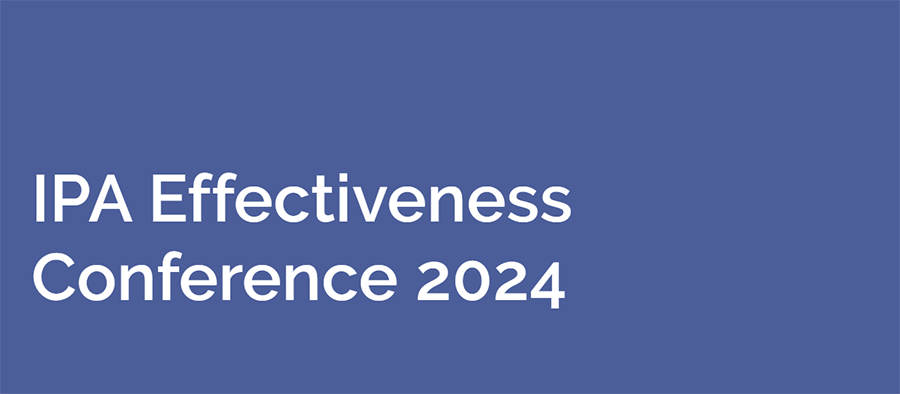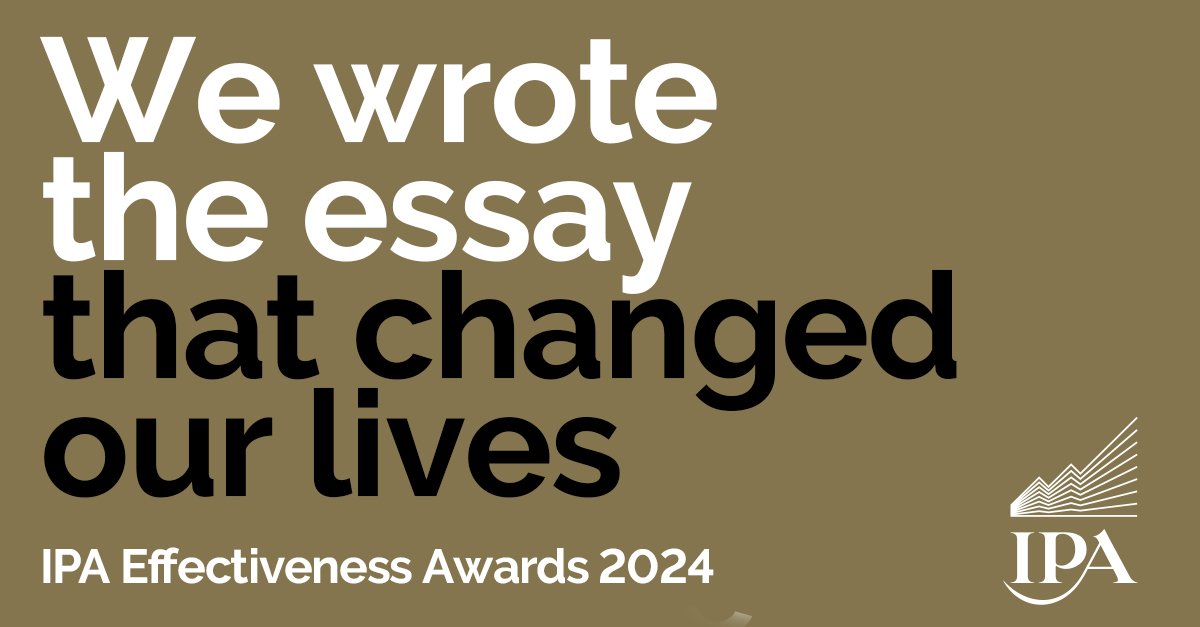The digital landscape has always been a fast-paced environment. But recently, we’ve witnessed a dramatic acceleration as tech platforms rapidly expand their AI capabilities.
This has provided significant growth opportunities for advertisers that adopt early and manage effectively. For example, Google recently published their latest uplift data on Performance Max – estimates of increased conversion volume has gone from 13% to 18% in just over 14 months. These advancements in AI are certainly impressive, however, when left unchecked, important context is often overlooked. You only need to be reminded of the AI Fail when an engine was asked to generate an image of “a salmon swimming down a river”.
An example like this highlights the importance of the human touch. While AI is adept at efficiently achieving set goals, it often lacks the subtlety to grasp crucial context. Setting up a Performance Max campaign or opting-in to Meta’s creative enhancements, without supervision, is unlikely to generate high-quality business outcomes.

Three key areas where we’ve been able to enhance AI capabilities.
1. Enriched data: Using business intelligence to enhance campaign performance
The level of business insight will vary by sector, although there are certain principles which remain unchanged. For instance, eCommerce brands have a wealth of insight on product margin, life-time value and competitor pricing. However, platform algorithms, in their current state, lack this rich context, leading to gaps in their understanding.
To bridge this gap, we’ve engineered a decision engine that analyses these data points, assigning a nuanced priority score. An appropriate ROAS target can then be assigned to specific campaigns in order to enrich bid optimisation and budget management.
Alongside this, 1st party data needs to be captured using a credible value exchange. Many online retail brands will provide a % discount to encourage newsletter sign-ups. They do this because they know that customers have a higher conversion rate, and average order value, when they’re able to develop a relationship with them.
Taking this methodology and applying it to your biddable strategy can yield a significant uplift. As an example, Google provides advertisers with the opportunity to differentiate between new and returning customers – a different target can then be applied to new customer acquisition to facilitate more advanced bid optimisation.
2. Creating a unique point of difference: The art of controlled AI
When AI is left to autonomously generate ad copy and assets, the results can be unpredictable. We’ve witnessed some less-than-stellar outcomes of this, especially across search ads when AI creates new variations. The key is to strike a balance – leverage AI’s insights but maintain control over its creative output.
It’s crucial that ad copy components can work independently from one another when deployed as part of an AI ad unit. Take Responsive Search Ads as an example. This format can serve over 30,000 different combinations. As a result, all 15 headlines and four descriptions need to work together, avoiding duplication whilst providing a compelling reason to select a brand over a competitor.
3. Measurement: The foundation of AI effectiveness
The effectiveness of AI hinges on a robust measurement framework. With the evolving digital landscape, marked by the decline of third-party cookies and stringent iOS protocols, establishing server-to-server connections with ad platforms has become increasingly vital.
For lead gen in particular, advertisers must assess the value of each site interaction, directing investment towards conversion events with the greatest business impact. This strategic approach ensures that AI-driven campaigns are not just data-informed but are also aligned with overarching business objectives, thereby maximising their effectiveness and ROI.
AI undoubtedly provides a wealth of opportunity to create a competitive advantage and deliver business growth, but it’s crucial to find the right balance between artificial and human intelligence.
After all, you need to make sure you’re not a supermarket salmon swimming downriver. To make the leap into effective AI, you know what to do…





